Vienna, the capital of Austria and a historic imperial city, is brimming with palaces, endless architectural gems, music, and its special café culture. Because of its past, Vienna maintains an atmosphere of elegance and some severity. In the centre of the city, you can see its three major phases of development—medieval, Baroque and the Gründerzeit—symbolizing the history of Austria and central Europe. The historic centre of Vienna has been inscribed on the UNESCO World Heritage list since 2001. Street art and Hundertwasser architecture add a playful touch to serious Vienna. With so many places to see, visitors should pick their favourites. Check out my list of places I love to see in Vienna for your travel inspiration.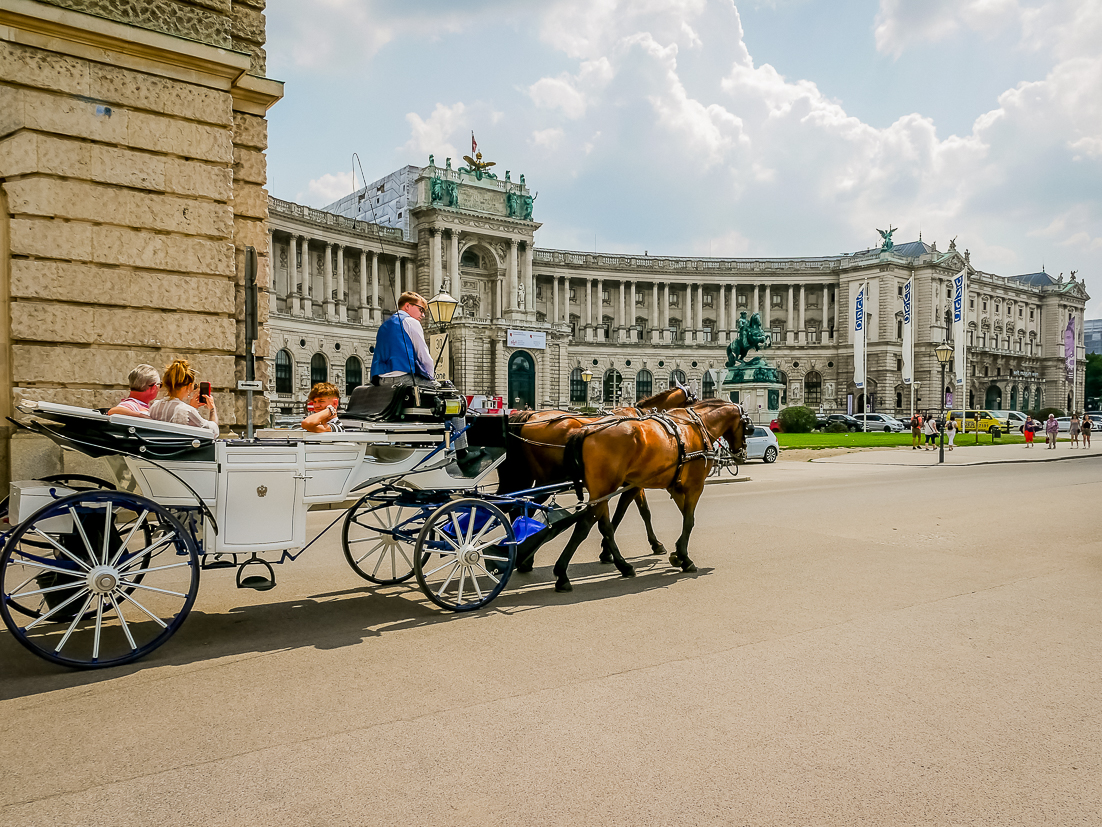
Innere Stadt including the State Hall of National Library
Until 1850, Vienna consisted only of the first district or Innere Stadt. Today, the first district is the political, economic and spiritual centre of the capital. The State Hall, the heart of the Austrian National Library, is one of the most beautiful library halls in the world and the biggest Baroque library in Europe. The Court Library was established in the first half of the 18th century. The impressive state hall of the library is almost 80 metres long and 20 metres high and is crowned by a dome that is magnificently decorated with frescoes by the court painter Daniel Gran.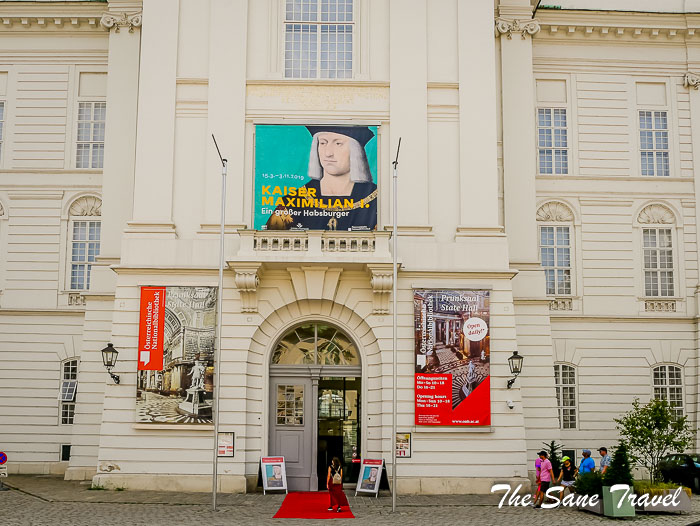
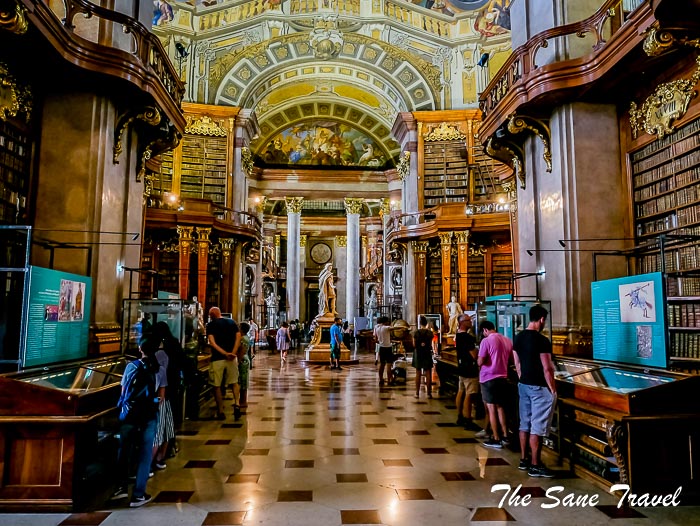
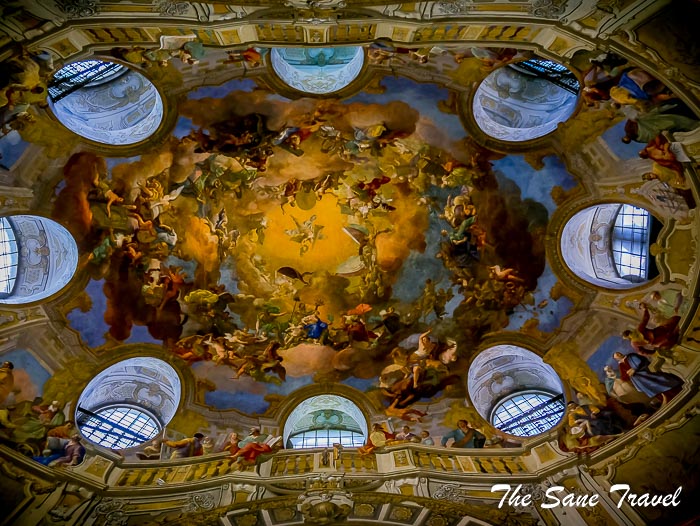
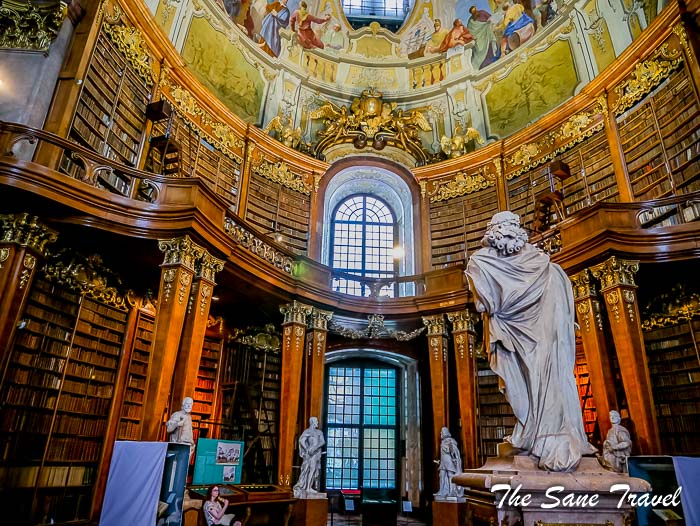 More than 200,000 volumes are exhibited there. Among the exhibits are two exquisite Venetian baroque globes: one for the earth and the other for the sky, each with a diameter of more than one metre.
More than 200,000 volumes are exhibited there. Among the exhibits are two exquisite Venetian baroque globes: one for the earth and the other for the sky, each with a diameter of more than one metre.
Kunsthistorisches Museum
Kunsthistorisches Museum (Art History Museum or KHM) was built in 1891 near the Imperial Palace to house the extensive collections of the imperial family. The museum building itself is a stunning piece of architecture. 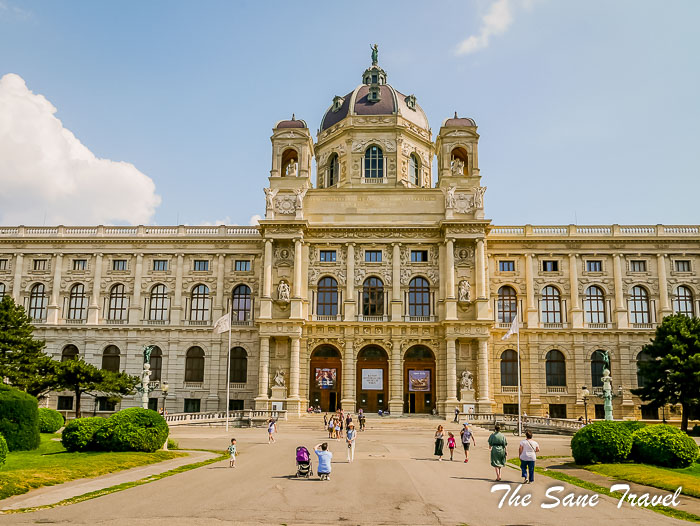
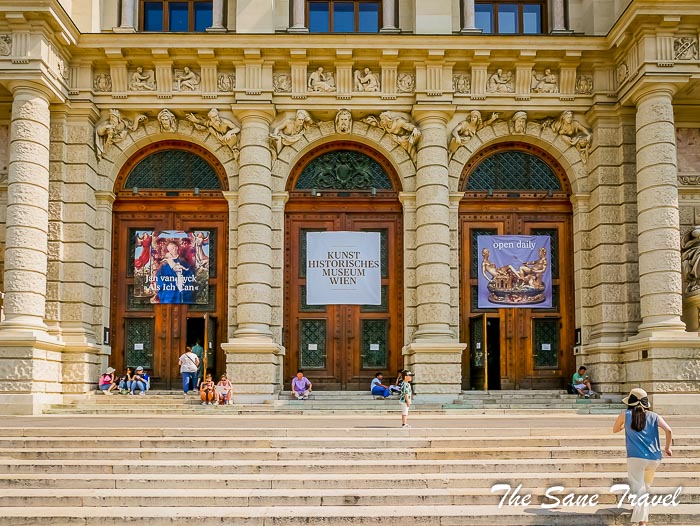 With its vast array of excellent artworks and the largest Bruegel collection in the world, it is considered one of the most eminent museums in the world. Ascending the stairs, visitors pass Antonio Canova’s “Theseus Slaying the Centaur” on their way to the cupola hall.
With its vast array of excellent artworks and the largest Bruegel collection in the world, it is considered one of the most eminent museums in the world. Ascending the stairs, visitors pass Antonio Canova’s “Theseus Slaying the Centaur” on their way to the cupola hall.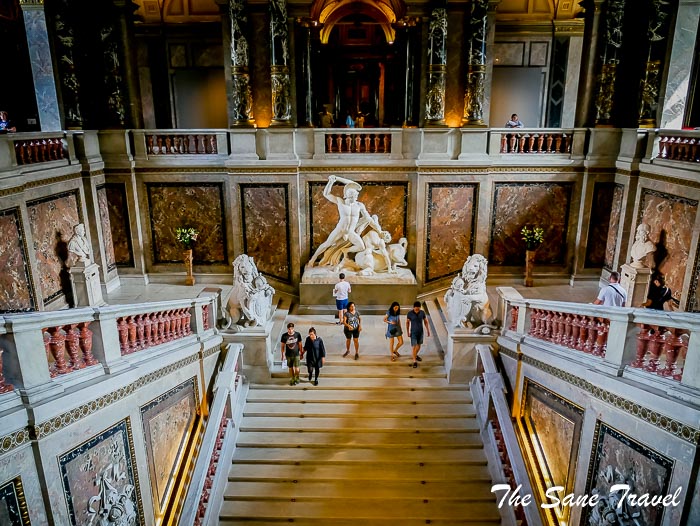
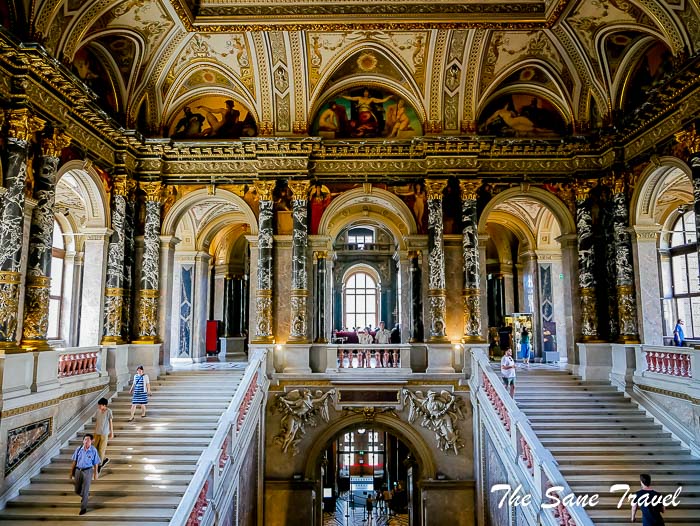 I have visited the museum several times and there are some paintings I want to see every time. So here are some of them:
I have visited the museum several times and there are some paintings I want to see every time. So here are some of them:
Infanta paintings by Velazquez
Margaret was the first child of King Philip IV and his second wife, Mariana of Austria. The court painter Diego Velazquez painted portraits of Infanta every few years; they were sent to Vienna so that future husband could see how the bride grows. She married Leopold, who was 26 at that time, in 1666 at the age of fourteen. Margaret Theresa of Spain was Holy Roman Empress, German Queen, Archduchess of Austria and Queen of Hungary and Bohemia. Four children were born in this marriage, but only one survived infancy. During her last pregnancy, Margaret fell ill and it caused her early death at the age of 21. The empress was buried in the Capuchin Crypt of Vienna.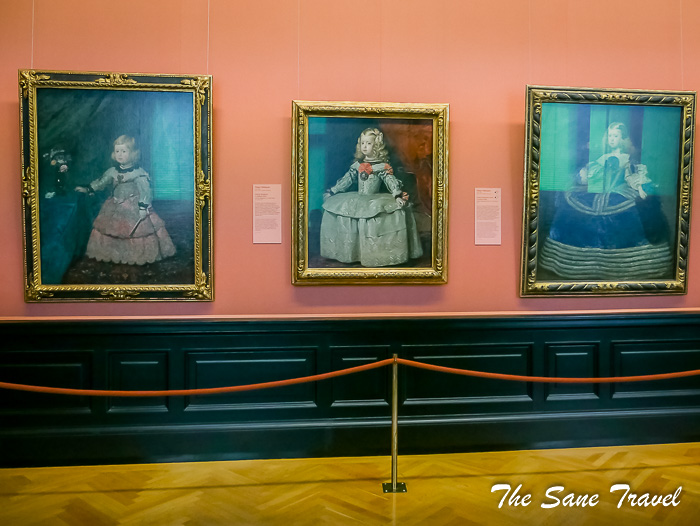
Arcimboldo paintings
Arcimboldo was an imperial court painter in Vienna and Prague in the second part of the 16th century. In 1563, he created a series of paintings of the seasons, the uniqueness of which made the painter famous in later years. Summer and Winter paintings made up of plants and fruit attract the interest of most visitors. Also, two paintings from the “Four Elements” series can be found in the KHM; the other two are in private collections.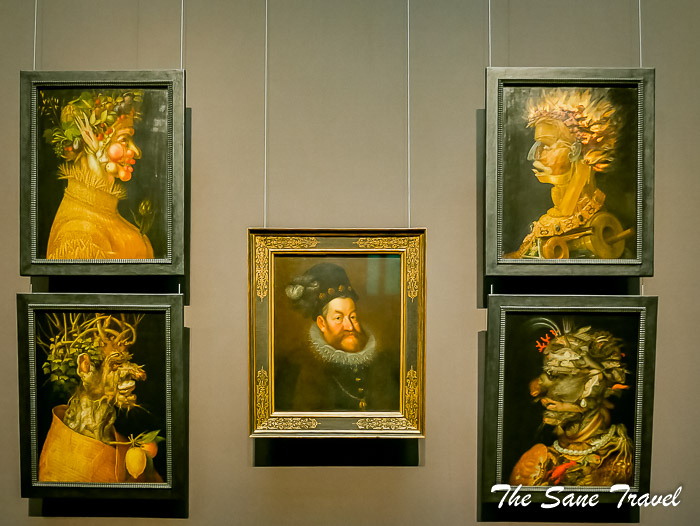
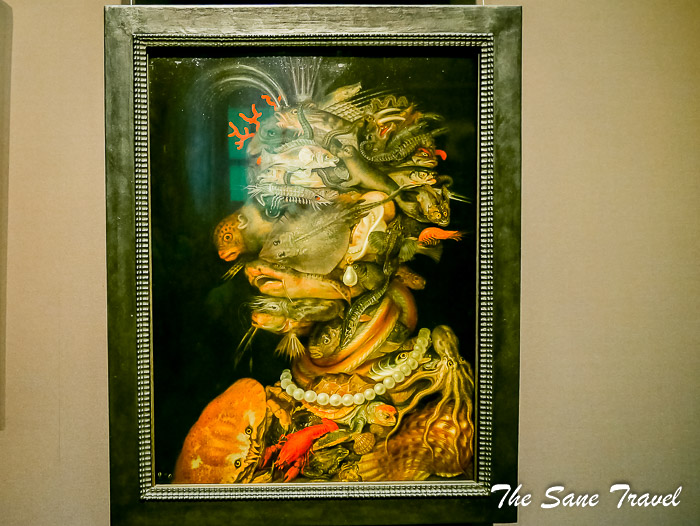
Pieter Bruegel the Elder paintings
With twelve works, the Kunsthistorisches Museum in Vienna houses the world’s largest and most important collection of paintings by Pieter Bruegel the Elder. The works include Peasant Wedding, Children’s Games, Hunters in the Snow and, of course, The Tower of Babel.
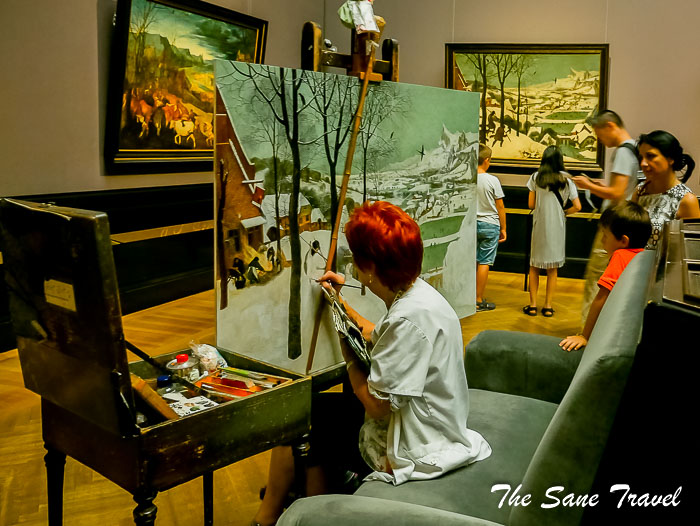 Bruegel’s monumental composition became the most famous, most often copied and varied classic depiction of the tower. He blends elements from antique and Romanesque architecture in the stone structure around the building’s exterior.
Bruegel’s monumental composition became the most famous, most often copied and varied classic depiction of the tower. He blends elements from antique and Romanesque architecture in the stone structure around the building’s exterior.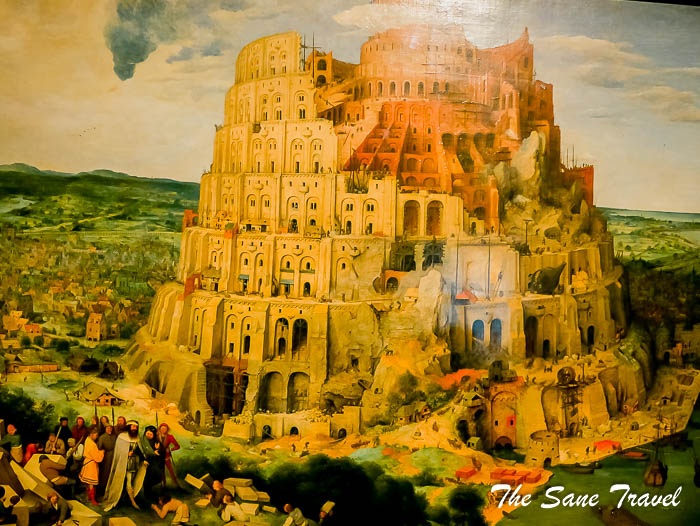
Flowers in a Wooden Vessel
From 1600 on, painting flowers developed into a separate category of still life. Jan Breughel, the son of Pieter Bruegel the Elder, is one of the main representatives of this genre, with sixteen paintings of this kind attributed to him. The “Flowers in a Wooden Vessel”—one of the most famous depictions of flowers ever created—is not a reflection of a real bouquet but rather a resemblance of an encyclopaedic collection of rare species. Art and scientific curiosity are combined in this reproduction of 130 different flowers.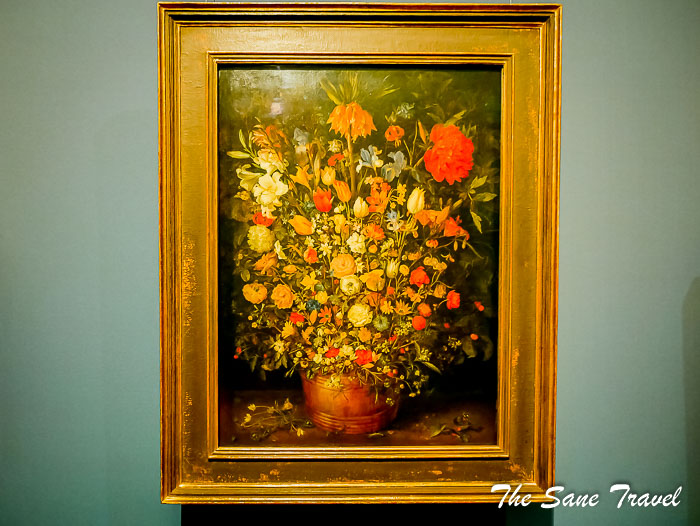
Portrait of Marie Antoinette
Vigée Le Brun, a young woman of twenty-three, was summoned to Versailles in 1778 to paint a full-length standing portrait of the queen Marie Antoinette. The regal portrait can now be seen hanging in the Kunsthistoriches Museum in Vienna.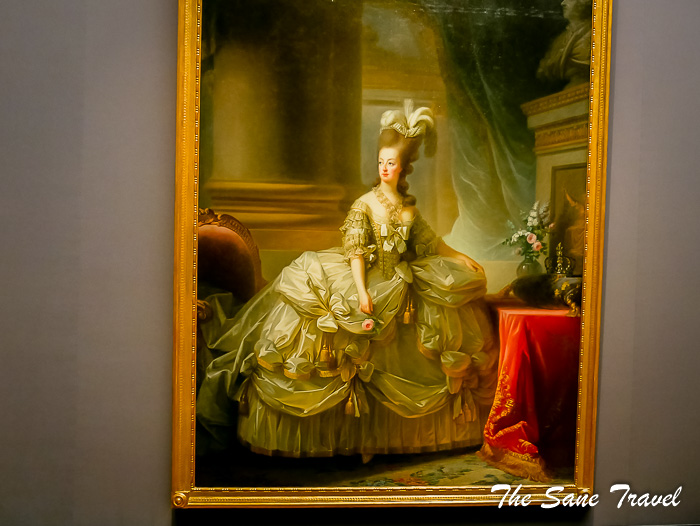
Secession building
In 1897, Gustav Klimt and several other artists founded a new art association called the Secession. The building of the same name was completed one year later. Modern, Art Nouveau style exhibition building remains one of the best-known buildings in Vienna to this day. The leaf work dome ("golden cabbage") is the symbol of the Secession and is visible from afar.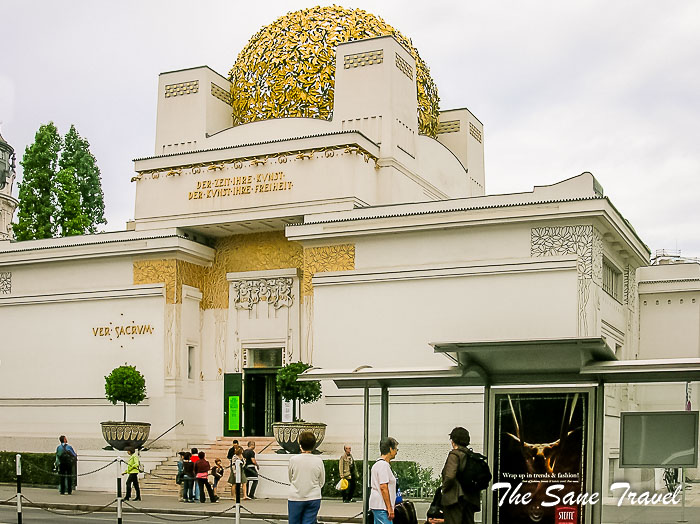
Belvedere Palaces
This baroque architectural jewel consists of two palaces (Upper and Lower Belvedere). It is not only a magnificent Baroque palace but also houses one of Austria's most valuable art collections, with key works by Gustav Klimt, Egon Schiele and Oskar Kokoschka.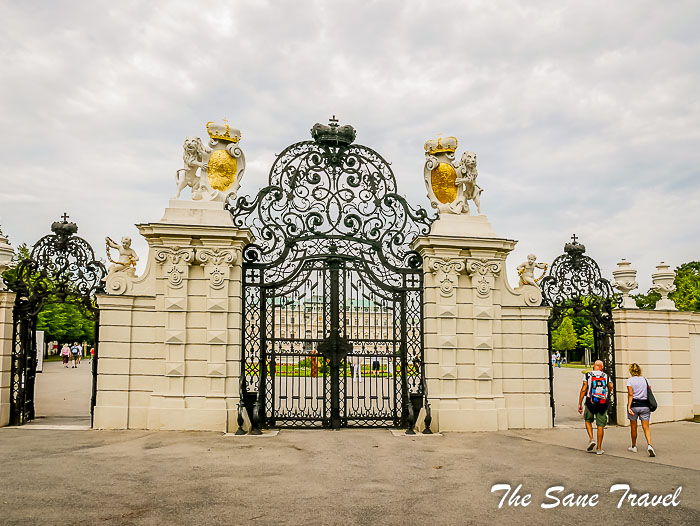
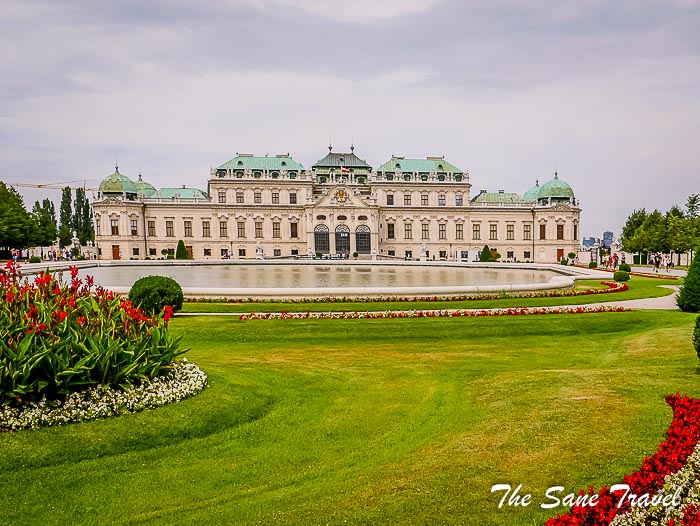
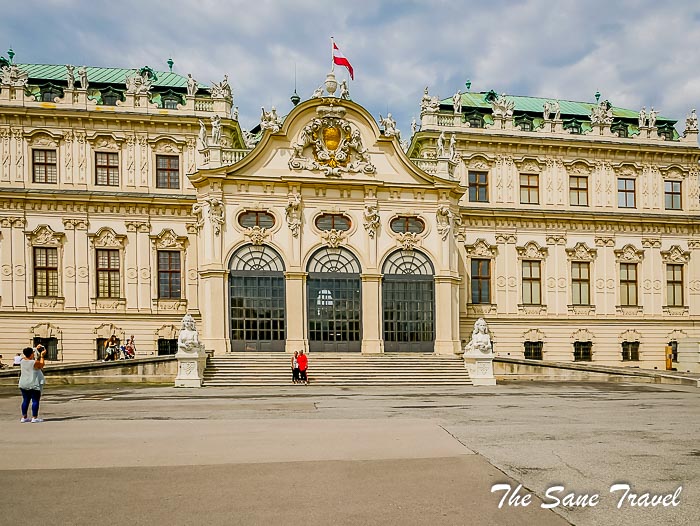
St. Stephen's Cathedral
St. Stephen's Cathedral is the symbol of Vienna. Construction of the cathedral commenced in the 12th century. Today, it is one of the most important Gothic structures in Austria. St. Stephen's Cathedral is about 107 metres long and 34 metres wide. It has four towers. The tallest of these is the south tower at more than 136 metres. The tower room, from which there is a sweeping view across Vienna, can be reached via 343 steps. A total of 13 bells hang there. It is the second-biggest free-swinging chimed church bell in Europe. On the roof of St. Stephen's Cathedral, colourful roof tiles were laid to create the Royal and Imperial double-headed eagle and the coat of arms of the city of Vienna. The interior of St. Stephen's Cathedral was changed over the centuries, right through to the Baroque period.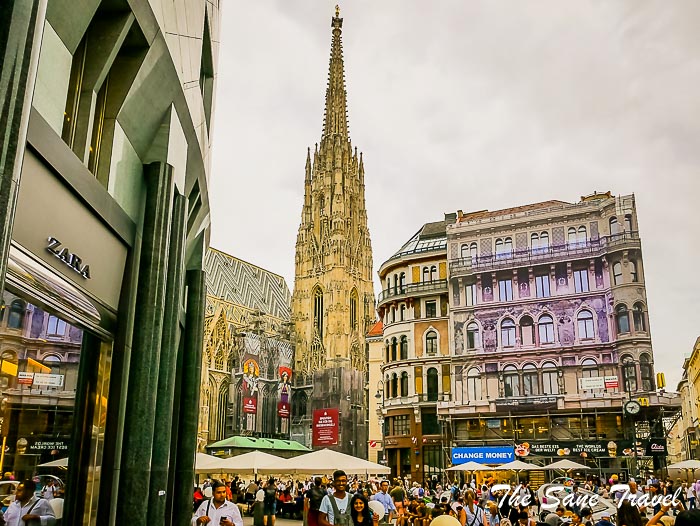
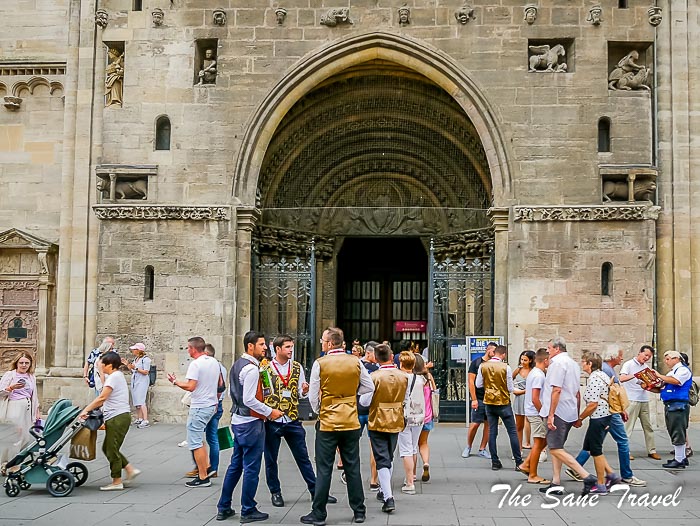
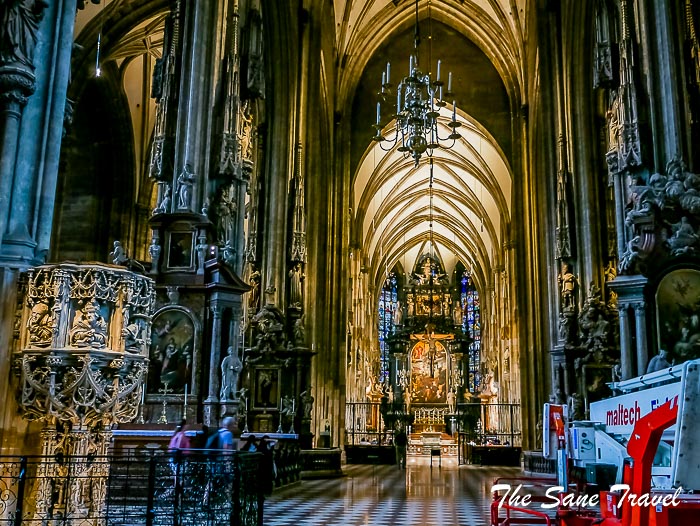
Karlskirche at Karlsplatz
Karlskirche or St. Charles’ Church is the impressive work of the Baroque architect Johann Bernhard Fischer von Erlach. This impressive sacred building is characterised by a mighty green dome. 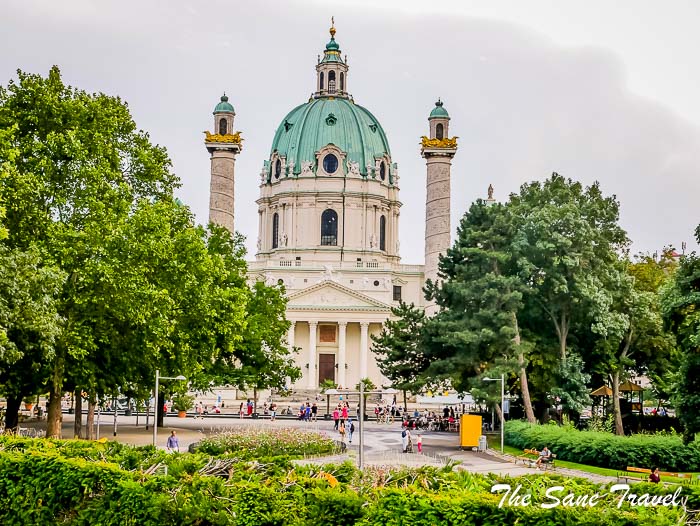 It’s popular with locals and tourists alike. The square and park next to the church are inviting you to relax.
It’s popular with locals and tourists alike. The square and park next to the church are inviting you to relax.
Street art
Vienna has one of the biggest open-air street art galleries in Europe. There are almost 200 artworks in Vienna that give character to the walls of the capital. In the past, it was only possible to marvel at original works by street artists along the Danube Canal. Today, there are numerous works of art scattered all over the city. Anyway, you can start with a street art walk along the Danube before exploring other works.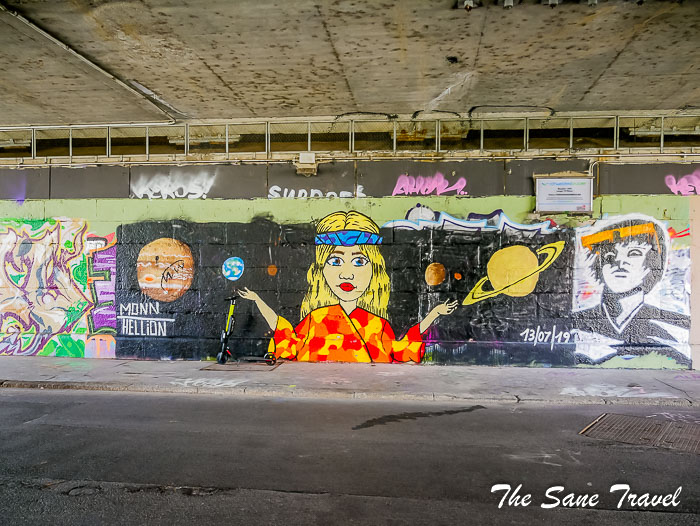
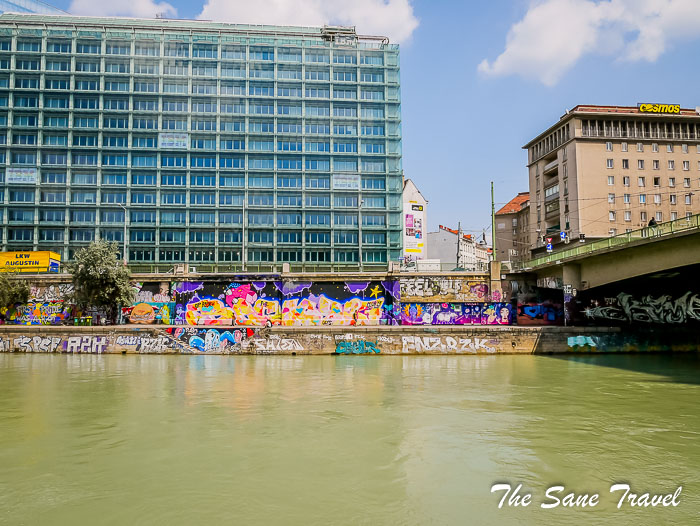
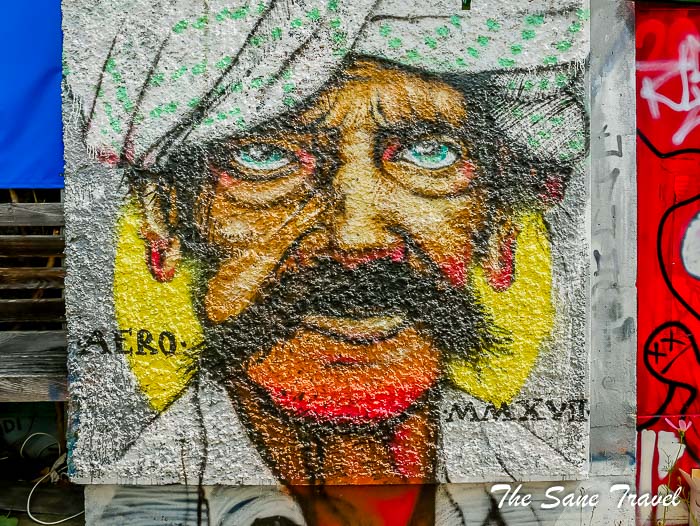
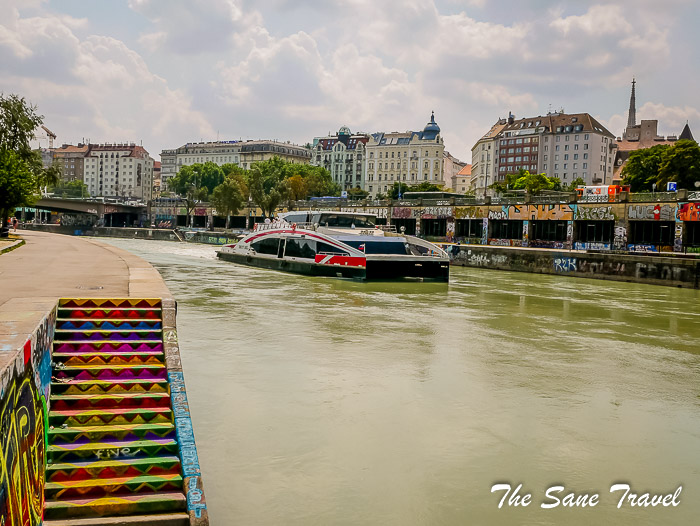
The Hundertwasser House
The Hundertwasser House is one of Austria’s architectural highlights. The house designed by Friedensreich Hundertwasser draws visitors from around the world. It is a residential complex with an original architectural style very different to that of traditional Vienna. Constructed between 1983 and 1986, it resembles a colourful puzzle or a child's drawing—the floors are wonky, if not wavy, and inside its rooms, trees grow with roots and branches extending from the windows. More than 200 trees and shrubs on the balconies and roof terraces make the Hundertwasser house a green oasis in the heart of the city. The Hundertwasser house can only be viewed from outside.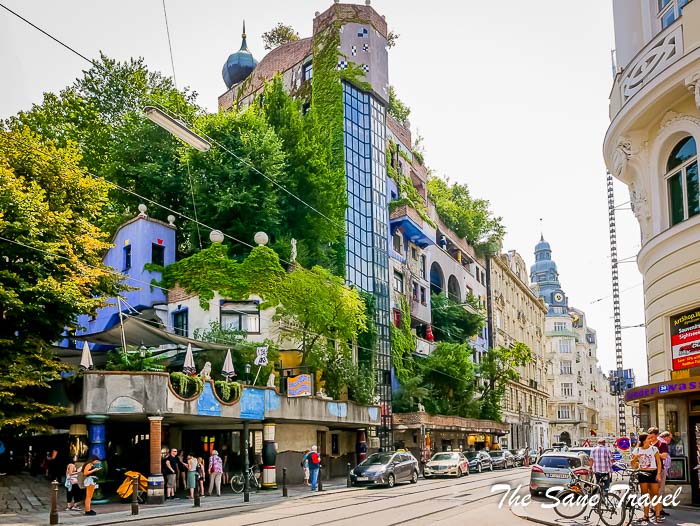
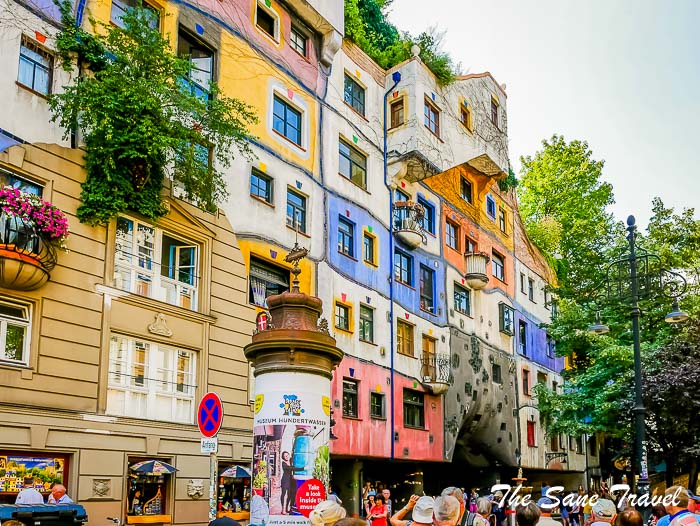
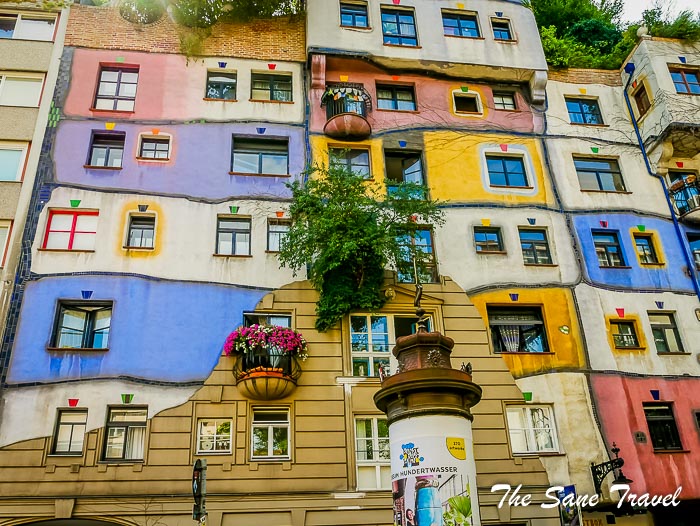
Palace and Gardens of Schönbrunn
From the 18th century to 1918, Schönbrunn was the residence of the Habsburg emperors. It is full of outstanding examples of decorative art. Together with its gardens, it is a remarkable and well preserved Baroque ensemble. The site of the Palace and Gardens of Schönbrunn is extraordinary as one of the most impressive and well preserved Baroque ensembles of its kind in Europe. 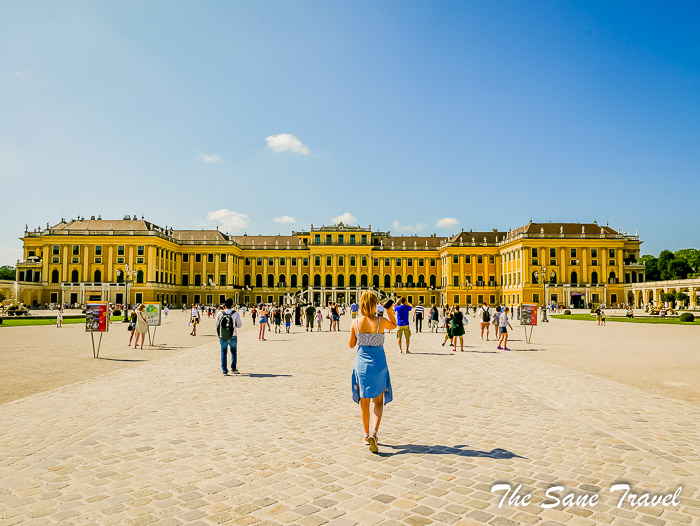
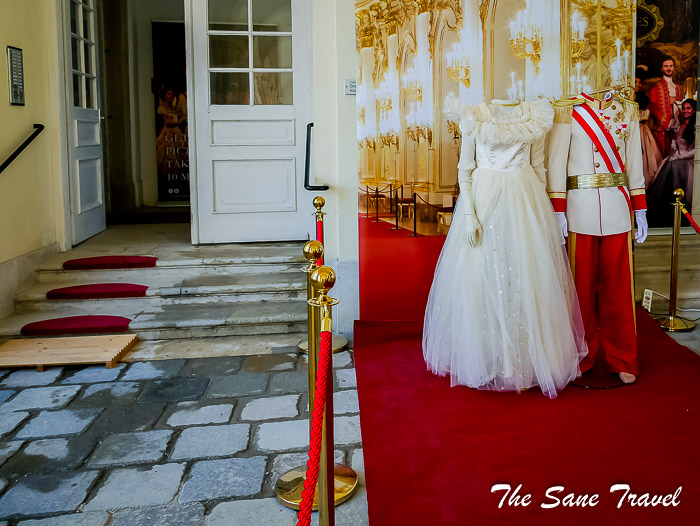
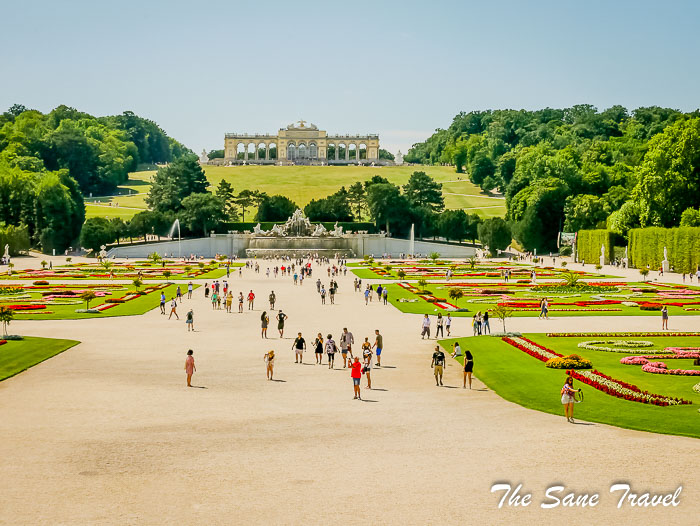
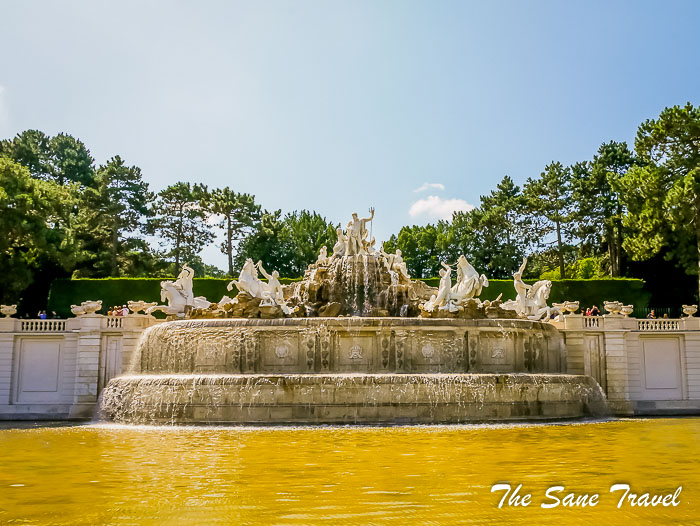
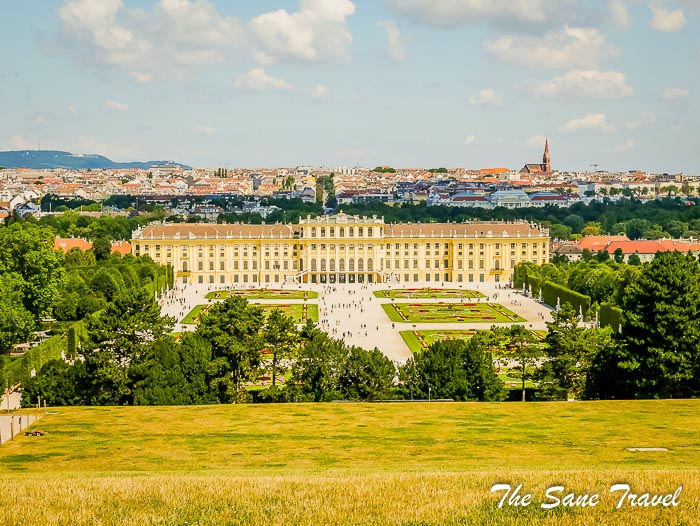
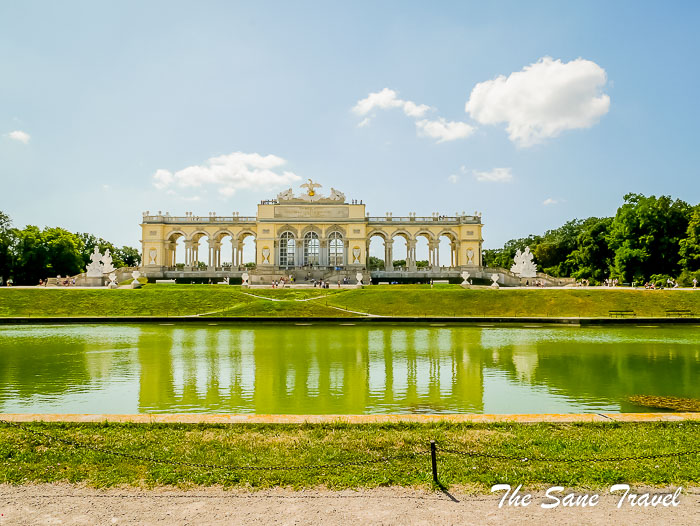 Additionally, it is a potent material symbol of the power and influence of the House of Habsburg over a long period of European history, from the end of the 17th to the early 20th century. The Palace and Gardens of Schönbrunn have been inscribed on the UNESCO World Heritage list since 1996.
Additionally, it is a potent material symbol of the power and influence of the House of Habsburg over a long period of European history, from the end of the 17th to the early 20th century. The Palace and Gardens of Schönbrunn have been inscribed on the UNESCO World Heritage list since 1996.
And, yes, you have an opportunity to enjoy Viennese coffee at Caffee Gloriette. Yes, it's touristic, but the place is special.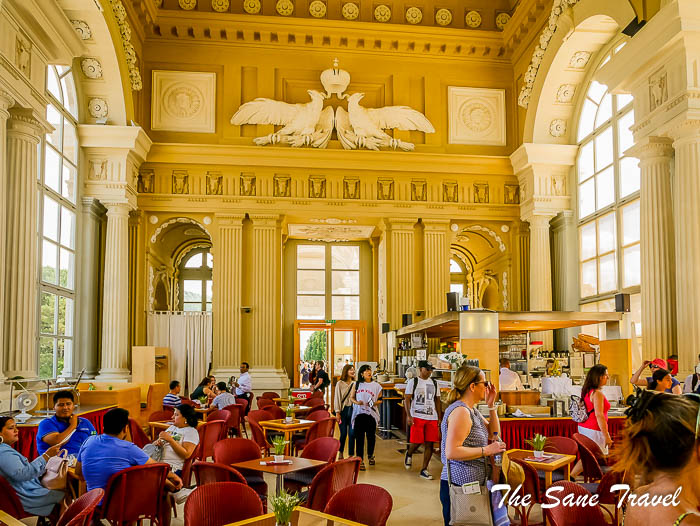
The Kahlenberg
The Kahlenberg is part of the Vienna Woods, making it a popular destination for a day trip. In good weather conditions, the 484-metre high Kahlenberg offers a view of all of Vienna. On clear days, one can see the entire city from above and even the Schneeberg, where Vienna’s mountain spring water originates.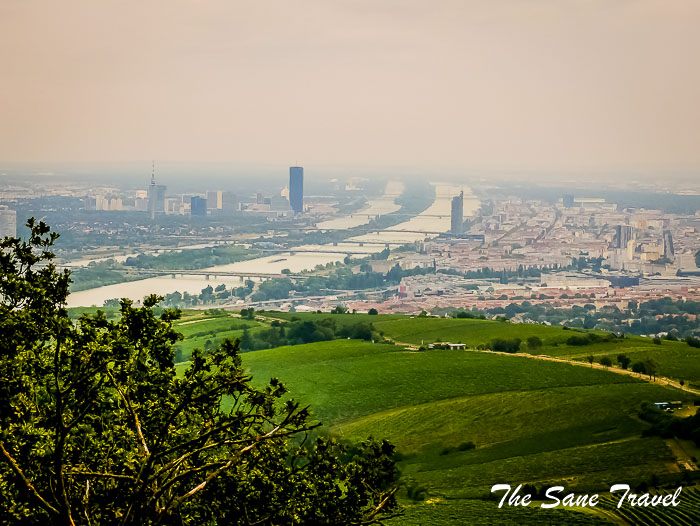 Do not forget to visit nearby Grinzing, famous for being one of the best Vienna Heurigen places. Grinzing is a unique part of Vienna as it preserves the charm of an old wine village. Some fragments of Roman ruins can still be found there as well. There are more than 25 Heurigen in Grinzing and the surrounding areas, each with its own unique history, atmosphere, wine and food.
Do not forget to visit nearby Grinzing, famous for being one of the best Vienna Heurigen places. Grinzing is a unique part of Vienna as it preserves the charm of an old wine village. Some fragments of Roman ruins can still be found there as well. There are more than 25 Heurigen in Grinzing and the surrounding areas, each with its own unique history, atmosphere, wine and food.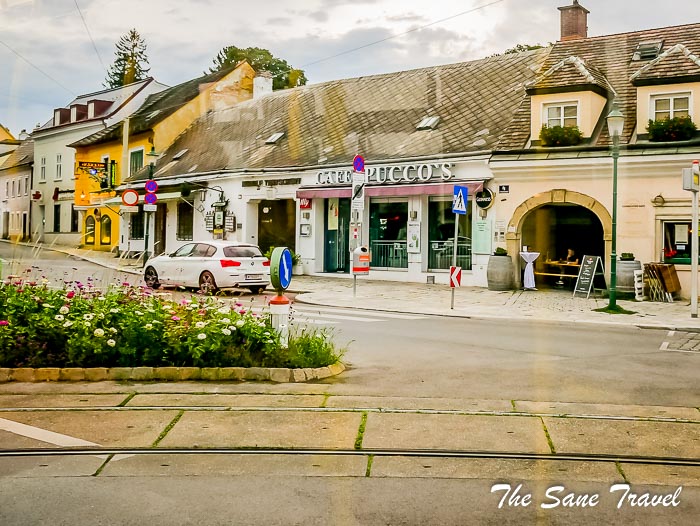
Where to stay in Vienna
If you are looking for a value for money option, Motel One Wien-Hauptbahnhof is a good choice. Just be aware that it does not provide a kettle for your tea or coffee but has impressive size TV and a comfortable bed.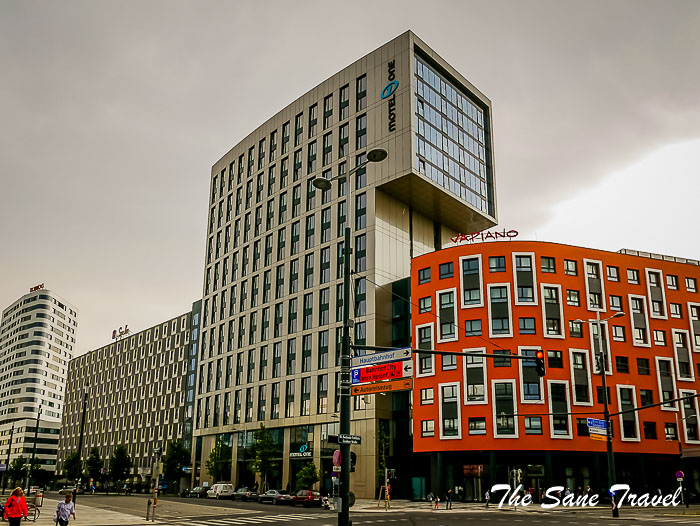
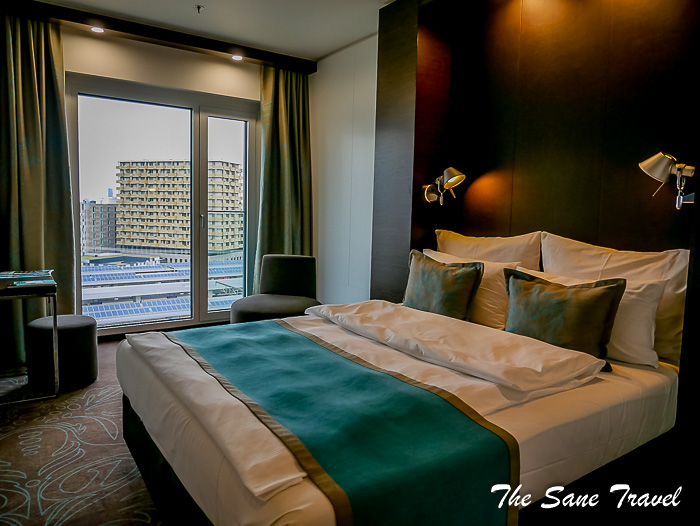
Have time to see the surroundings of Vienna? Visit Melk Abbey and Klosterneuburg monastery and take a musical trip to Eisenstadt!
Like it? Pin it!
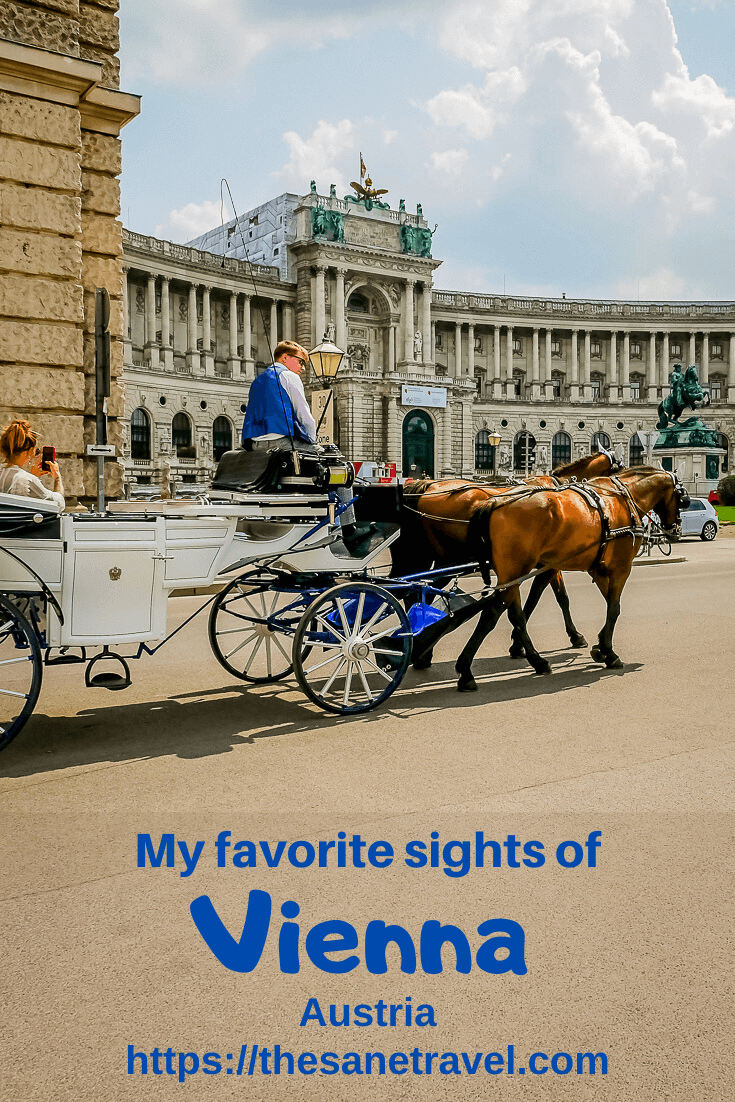
What did you think? Have you visited Vienna? I’d love to hear from you so please add your comment below.
Published by Anita on March 18, 2022
Author: Anita Sāne

About the author
Anita is a part-time traveller, passionate photographer and a retired career woman from Latvia, travelling mostly solo for more than 15 years. She is a skilled travel planner who plans and executes her travels by herself. Anita wants to show you how to travel the world and open your mind to new experiences. Follow her on Facebook, Instagram, Pinterest, Twitter and Bloglovin.

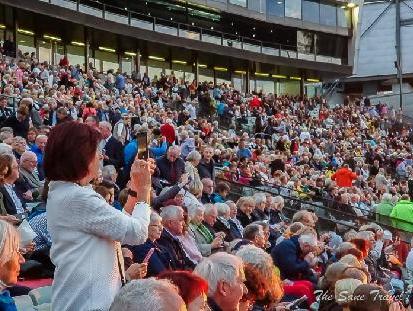





Report
My comments